Which items of food from your childhood did your parents force you to eat which now, blessed with the gift of choice, you wouldn’t touch with a proverbial bargepole? Pig trotters, cow heels and various items of offal, such as hearts, brains and “lights,” may spring to mind. Brussels sprouts, of course, and possibly dubious seafood such as cockles and whelks. Some may also rejoice that tripe and onions and beef dripping rarely feature on the menu these days, outside of Michelin-starred restaurants that really should know better.
As I mull over these delicacies, all of which I have consumed reluctantly, my mind wanders back to Easter visits to my grandmother’s spick and span council house on the other side of the Pennines. Both my mother and grandma were good cooks, but prone to using “unusual” ingredients.
Breakfast was a highlight, as daily I woke to the tantalizing smell of homemade hot cross buns, to be bathed in golden butter. Lunch was always the same; a stew, heavy on potato and light on the meat, followed by tinned rice pudding. Tea was often tongue sandwiches or brawn followed by strawberry jelly and evaporated milk.
This being Easter, however, it was only a matter of time before my grandma’s festive offering of caraway seed biscuits made their annual appearance. The caraway seed was as near to exotic, foreign or inventive as my grandma’s modest baking aspirations ever got, and she was proud of stepping out of her comfort zone, as a later generation might have remarked.
For the uninitiated, caraway biscuits are made from shortbread flavored with seeds which taste of aniseed and licorice with a peppery undertone, as Nigella might say. The problem is that the tiny splinter-like seeds find their way into every crevice and crack between your teeth and have a tendency to stick in the palate. Consequently, for an hour or so after tea my brother and I had to pick seeds from our mouths, which was impolite.
So we didn’t love the biscuits. As a six-year-old, I was unaware that the caraway seed represents the virtue of faithfulness and that in medieval Germany they were placed under a child’s crib or sprinkled on coffins to keep away wicked spirits. Neither did I care that the caraway cross is popular at Easter time in Sweden, and that the Poles lovingly add the seeds to bread, vodka and soups. Caraway allegedly enhances the flavor of savory dishes and goes well with vegetables such as cabbage, although I was spared this culinary invention.
Why caraway seeds are associated with Easter is unclear, although some say that caraway cake was made to celebrate the sowing of spring wheat, and so it is seen as a welcome sign of warmer months to come.
I haven’t had to eat one of my grandma’s biscuits for nearly sixty years now. Nevertheless, if I could go back in time and sit at that teatime table, with its immaculate tablecloth and omnipresent jar of beetroot, with a roaring coal fire behind me, I would. I would also try to redeem my previous poor manners — after all, Easter is the season of redemption. Even for caraway seed biscuits.
This article was originally published in The Spectator’s UK magazines. Subscribe to the World edition here.



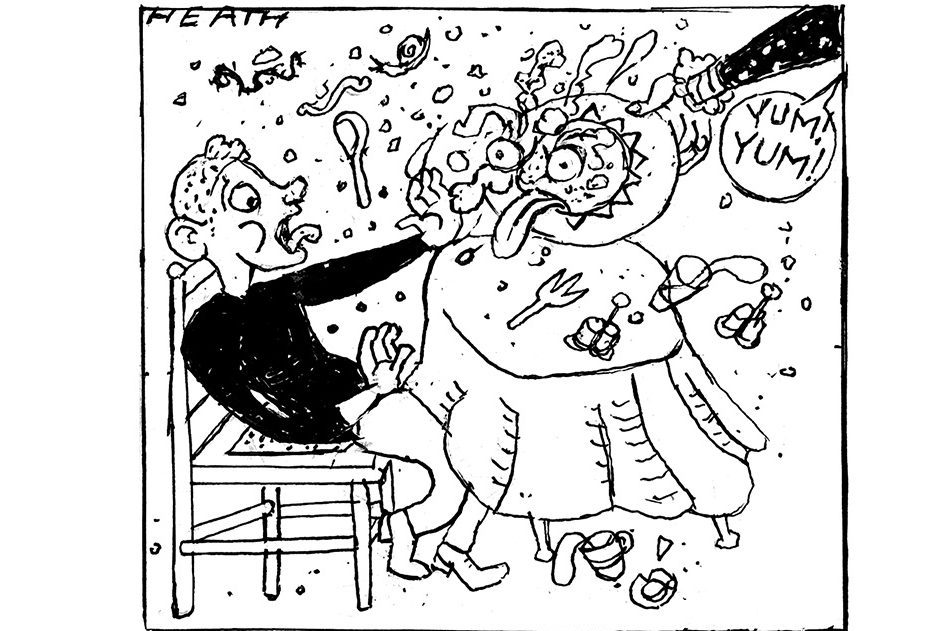







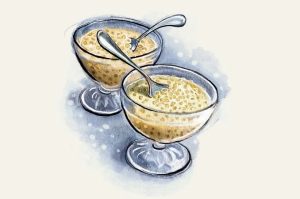
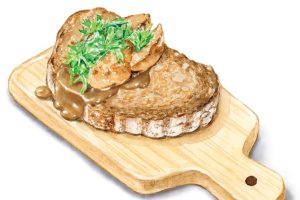
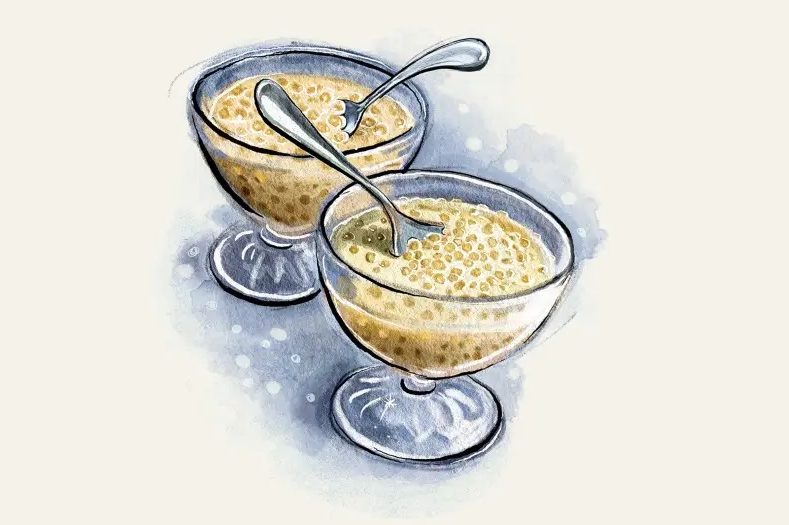
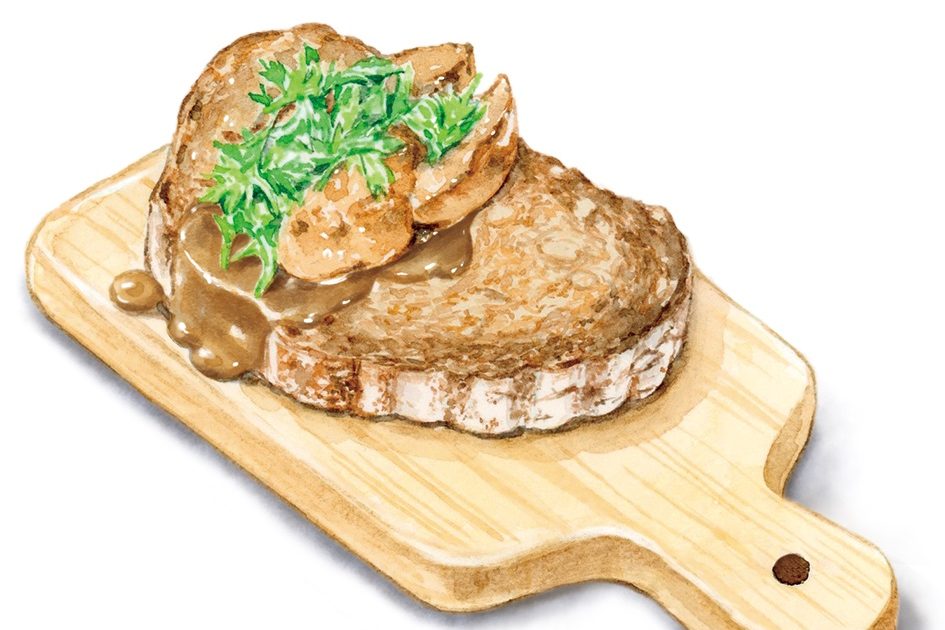
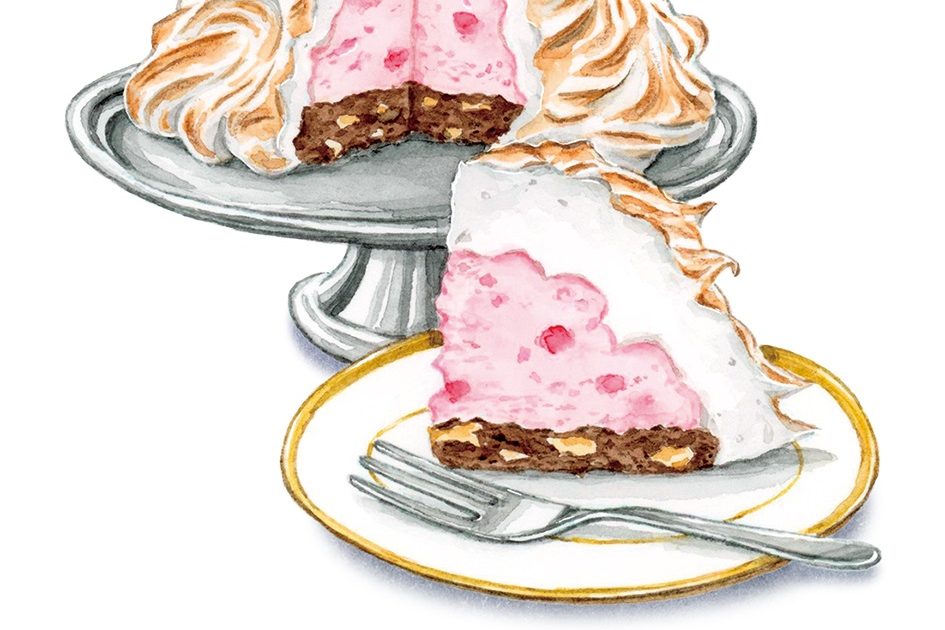
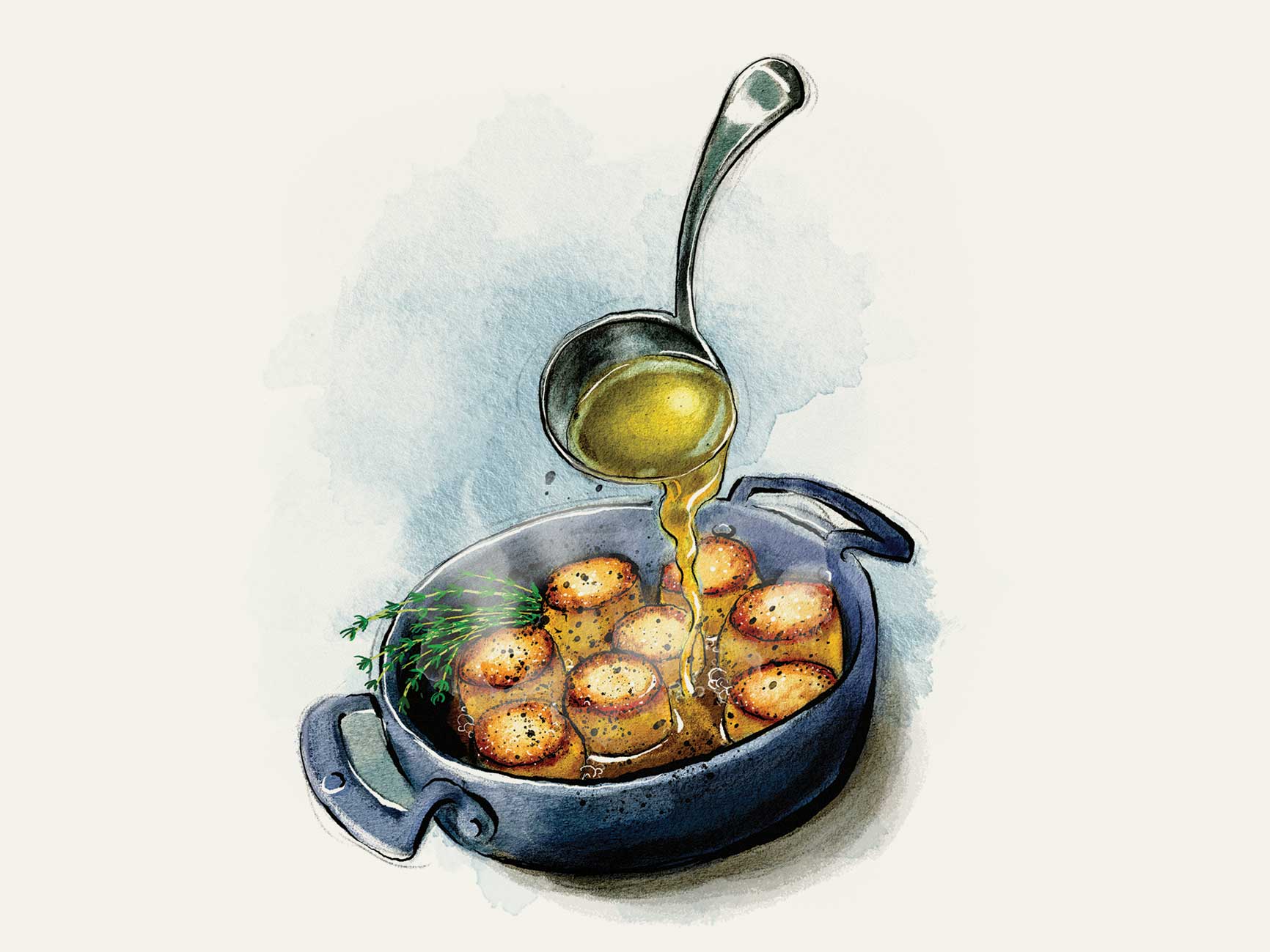

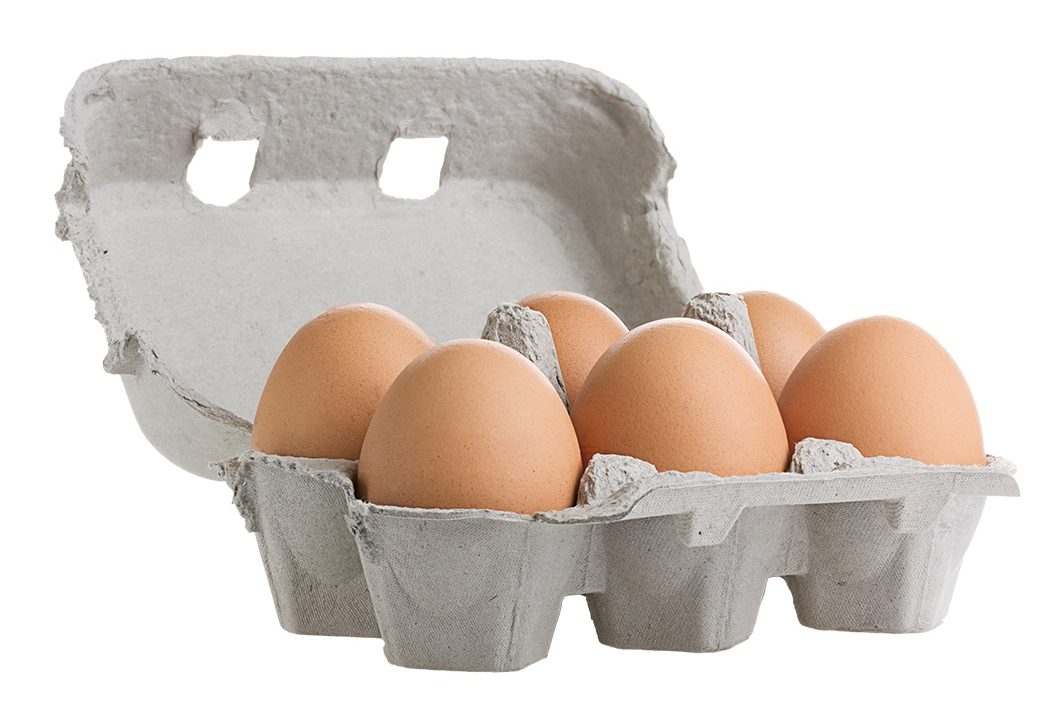







Leave a Reply